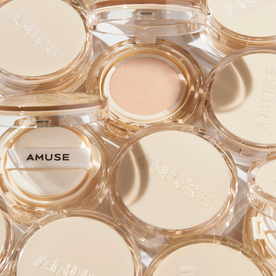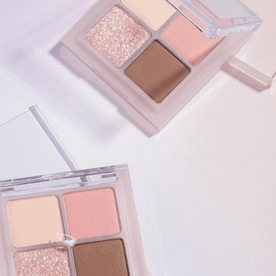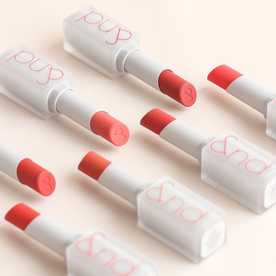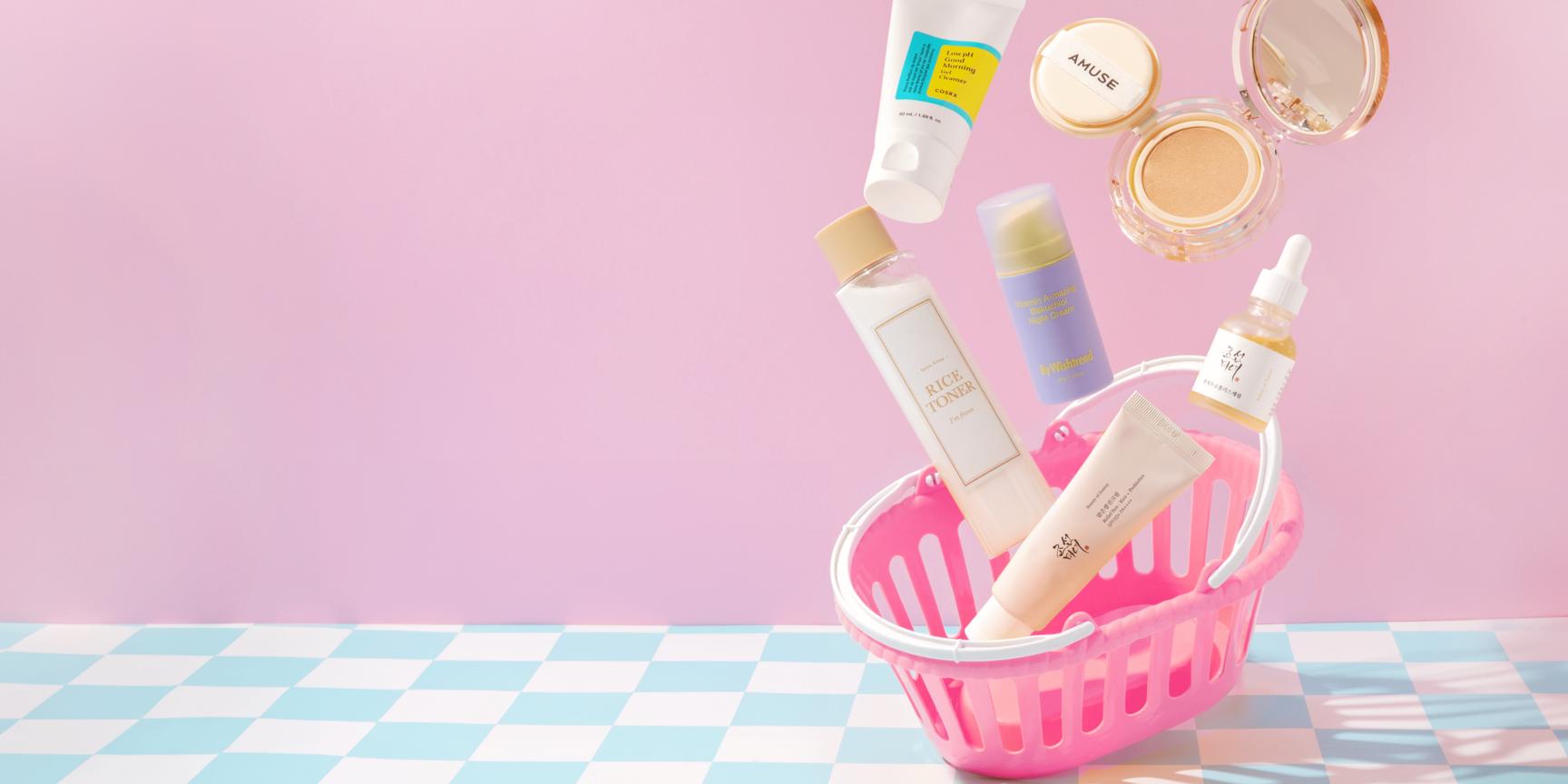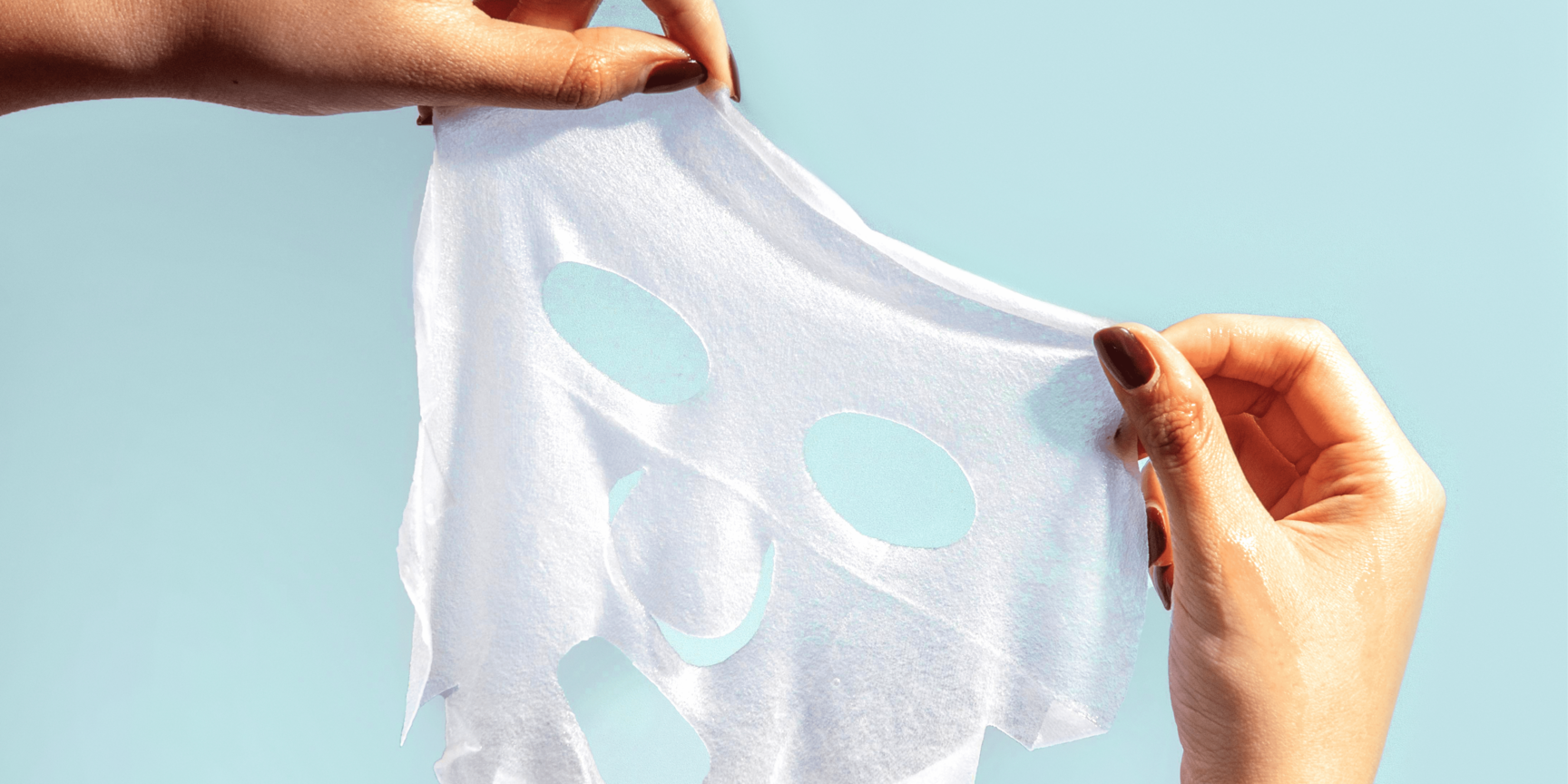Cheat Sheet to Know Your Skin Type
Finding your skin type is one of the first things you should find out, even before deciding on treatments, products, or even skin goals. There are four general types of skin: Normal, combination, oily, and dry. These refer to the natural tendencies of your skin when left to its own devices, and are affected by things like natural oil production and hydration retention.
How do you know your skin type? We’ve created a cheat sheet just for you with some easy ways to test your skin and find out.
Morning to Evening Test
How to Test: After waking in the morning, gently cleanse your face to remove any oils produced during the night. Pat your skin dry and immediately check how your skin feels and looks. Does it feel tight? Does it still look shiny or oily? Note if different areas of your face look/feel different.
If possible, avoid using any makeup or other products (except sunscreen) during the day. Complete a mid-day check and evening check, each time noticing how your skin feels and looks.
Results:
Dry - Skin that feels tight or itchy, visible flakes or scaly patches.
Normal - Skin feels comfortable, no noticeable shiny patches or tightness
Combination - Skin that looks or feels different in different areas of your face
Oily - Skin that feels greasy and looks shiny by mid-day
Visual Test
How to Test: Cleanse your face with a gentle cleanser, dry, and leave your skin for an hour. Try to avoid any other skin products or makeup during that time so you can see your natural skin tendencies. When the hour is up, do a visual check of your skin.
Results:
Dry - Skin is dull, flaky, peeling
Normal - Skin looks balanced, with no apparent flakes or excess shine
Combination - Typically, the skin on your forehead, nose, and chin are shiny, while your cheeks may be flaky and rough
Oily - Skin looks all-around shiny, with possible enlarged pores
Blotting Paper Test
How to Test: Like all the tests, start with a clean face that you’ve cleansed and dried. Try to stay barefaced for the next 2-3 hours so your skin returns to its natural state. When the time is up, take a piece of blotting paper and pat it around your face. Each time, hold it to your face a few seconds, then examine the blotting paper. This allows you to see if different areas of your face are more oily than others.
Results:
Dry - Barely any visible oil on the paper
Normal - A slight sheen on the paper, but very little
Combination - Darker patches on the paper from your T-zone, not much elsewhere
Oily - Significant oily patches on the blotting paper from all areas of the face
Touch Test
How to Test: Cleanse and gently dry your face. Avoid putting anything else on your skin and wait for about an hour. After an hour, use your fingers to touch various areas of your face and note how your skin feels.
Results:
Dry - Skin feels rough, flaky
Normal - Skin feels supple without being oily, oil doesn’t come off on your fingers
Combination - Oil comes off on your fingers in areas like your forehead or nose, but not in other areas like your cheeks
Oily - Your skin feels slippery, when you rub your fingers together they feel greasy
Because your skin can be affected by different factors like the weather, humidity, and even how much water you’ve been drinking, we suggest doing these tests, preferable at different times of the month. When you’ve completed them you can see which skin type you got the most consistently, giving you more insight into your overall skin situation.
Is Sensitive Skin a Skin Type?
In the past, sensitive skin has also been considered a fifth skin type. We now know that sensitive skin is a skin concern, because it has more to do with how your skin responds than its general characteristics. Sensitive skin tends to react easily to environmental conditions or certain ingredients, causing redness, irritation, or allergy-like symptoms. Learning how to care for sensitive skin can help you identify and avoid triggers, and restore your skin barrier.
Find the Right Products for Your Skin Type
Knowing your skin type is the first step towards narrowing down the products that might work for your skin. We make it easy for you to sort skincare products by skin type or skin concern so you find exactly what you’re looking for.
Setting some skin goals is also a great way to decide what to include in your skincare lineup. Remember to track your skin’s progress so you can note which products are working for you.
Note that having dry skin doesn’t mean you won’t get acne, and having oily skin doesn’t mean you don’t need to moisturize. The key is to find basics that work for your skin type. This may mean finding a moisturizer with a specific texture (e.g., a cream vs. a lotion) so it feels more comfortable on your skin, or something that matches your skin goals. It’s also important not to confuse skin type with a temporary skin condition, like dry skin vs dehydrated skin.
Be patient, and soon you’ll have a skincare routine that is customized to your exact needs!









































